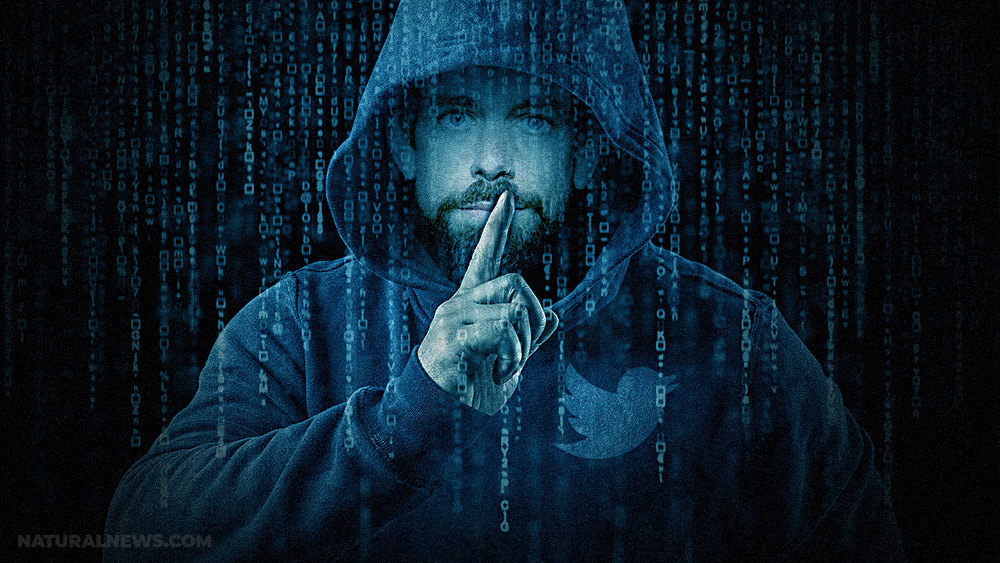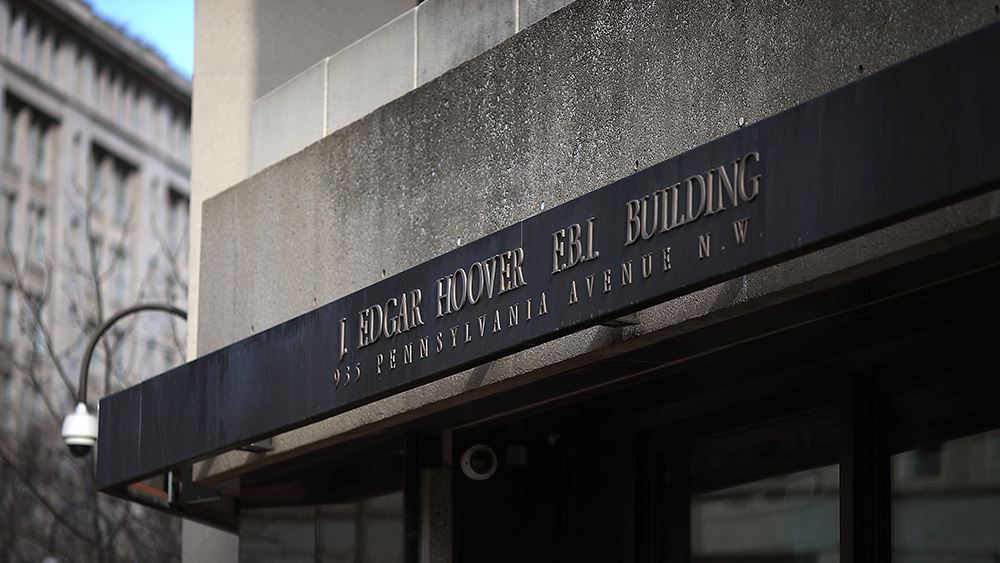
The EIP's analysis notes that, after the tweets are labeled and censored, they end up only being shared or commented on at an average of 151 times per minute.
The EIP ran their analysis after Twitter censored one of the president's tweets criticizing the Supreme Court's decision regarding Pennsylvania's ballot deadlines, which the EIP says “made unfounded claims about the legitimacy of mail-in ballots and the election, while fomenting fear of violence.” (Related: The evidence is clear: Twitter CEO Jack Dorsey must be arrested and charged with racketeering and treason.)
Their criticisms of the president's legitimate concerns regarding the security surrounding mail-in ballots aside, the EIP discovered that, 36 minutes after Trump wrote the tweet, Twitter took action by hiding it behind an information label. This prevented Twitter users – most of whom are scrolling through their timelines – from viewing the tweet without clicking on it further. It also prevented the tweet from being retweeted any more.
“Twitter's action effectively stopped the tweet's spread. However, it had already been retweeted 55,000 plus times and favorited 126,000 plus times. This is as much or more reach than most other tweets put out by the president today,” wrote the EIP in a series of tweets announcing their analysis.
“As a result, despite effective action within an hour by Twitter, much of the damage was likely already done. As we approach the predicted chaos of tomorrow, it may be wise to increase the pace of moderation, especially around premature projections and claims of victory.”
“Anti-misinformation” company believes censorship of Trump needs to be done quicker
Lisa Kaplan, the founder of Alethea Group, a company that helps people fight supposed misinformation, said that Twitter needs to act more effectively to combat falsehoods cropping up on their platform. Kaplan says that the data shown by the EIP suggests that Twitter's tools for censorship can be more effective if they are applied a lot quicker.
“Those decisions need to be made a lot more quickly,” Kaplan argues. “They should be split-second decisions.”
Kaplan is warning against waiting too long to censor the president's supposed misinformed tweets, believing that the content can spread to other social media platforms, where Twitter has no control over it. However, Twitter's friends in Big Tech might also be helping censor the president. Trump's message regarding the Supreme Court's decision about Pennsylvania ballots was also shared on Facebook, and the social media giant added a similar label on it, citing that voter fraud is actually rare.
No information has come out suggesting that Facebook limited the spread and engagement on Trump's post on their platform.
Trump's tweets still being flagged
After Election Day, Twitter flagged five tweets made by Trump in a span of 12 hours. The tweets were labeled as either false or misleading. All of the tweets were flagged by Twitter moderators because they supposedly made baseless claims regarding voter fraud or mail-in ballots.
The first tweet that was flagged featured Trump talking about how his lead was wide in many of the states that were still counting ballots, but that other people were trying to take his victory away through voter fraud.
“We will never let them do it, ” reads the tweet. “Votes cannot be cast after the polls are closed!”
The second tweet Trump made accused Democratic Party officials in certain states of making his lead “magically disappear” through the appearance of “surprise ballot dumps.”
The fourth and fifth tweets that were censored alleged that Democratic officials in Michigan, Pennsylvania and other states were trying to make up their shortcomings by making up to 500,000 votes disappear through “ballot dumping.”
https://twitter.com/realDonaldTrump/status/1324108200141082624
One tweet that is still visible shows Trump claiming victory in Pennsylvania, Georgia, North Carolina and Michigan. However, it comes with a warning that states: “Official sources may not have called the race when this was tweeted.”
Big tech continues to press their thumb on the election scale. Learn more about how powerful social media conglomerates like Twitter and Facebook influence the outcome of the election through the censorship of conservative voices by reading the latest articles at Censorship.news.
Sources include:
Please contact us for more information.























